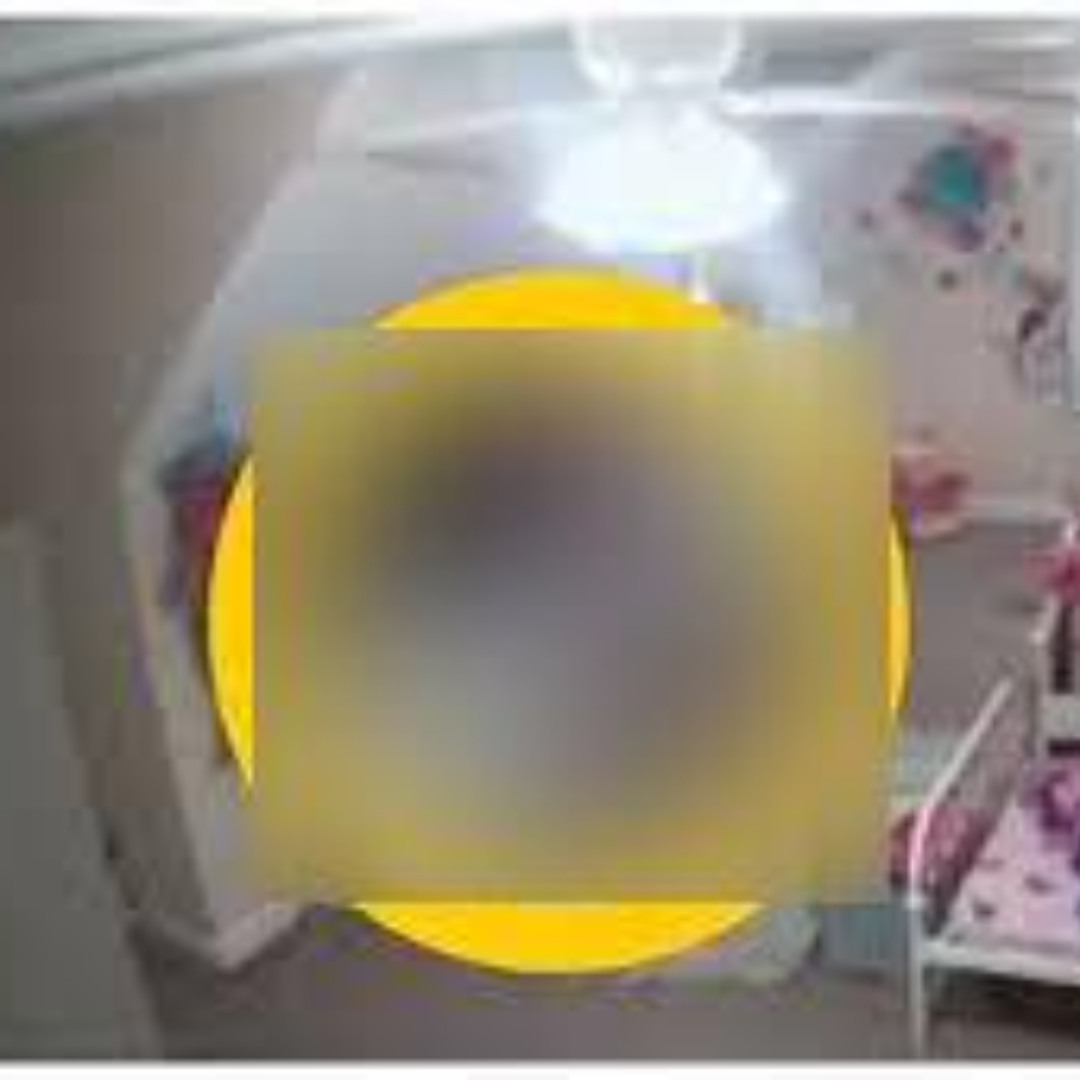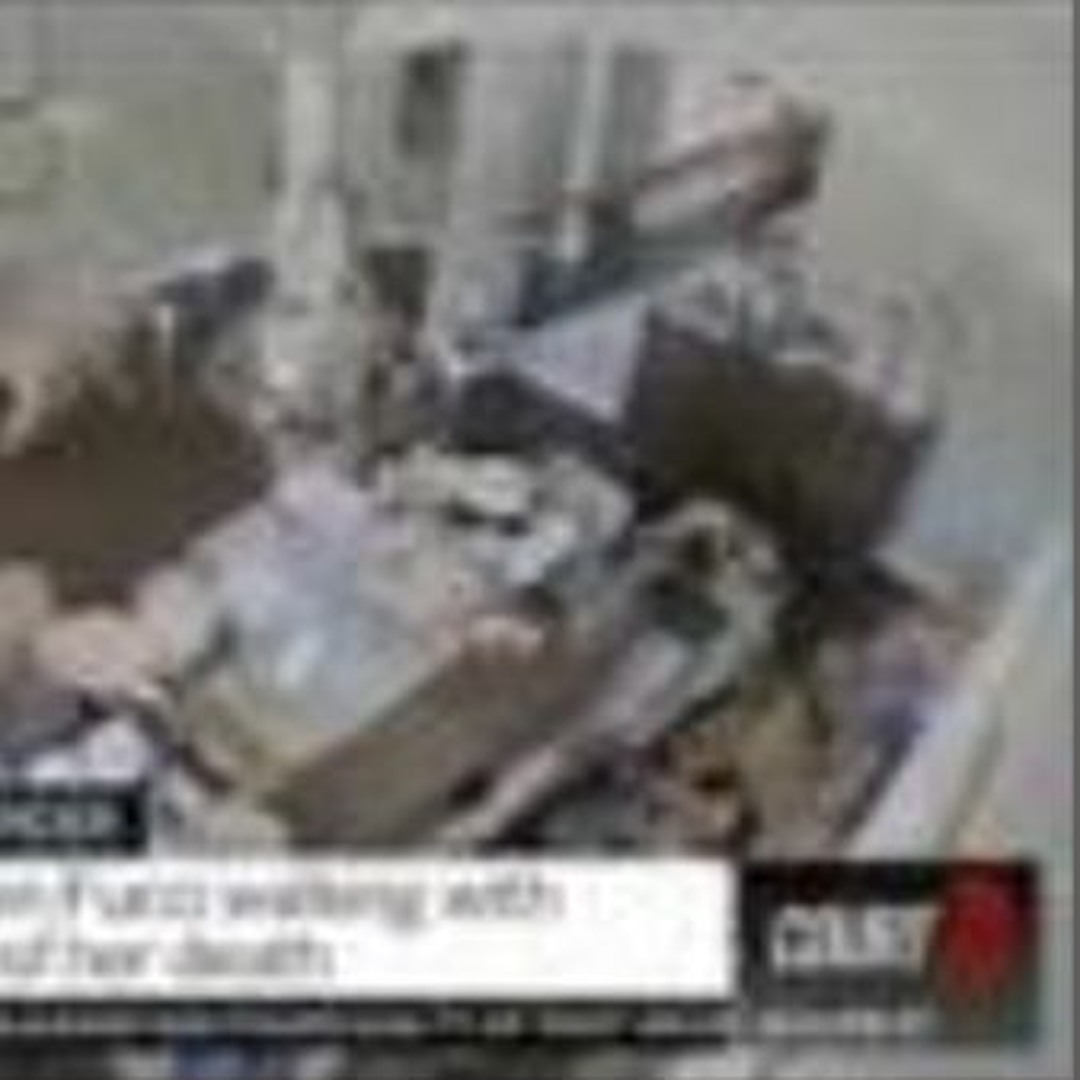When a child and their mother go missing, it creates a wave of worry that spreads far and wide. People often wonder what steps are taken to bring them home, and how clues are gathered. In such a situation, the phrase "buscar kid and his mom cctv original" becomes a crucial focus for many, representing a key tool in the urgent search. It points to the vital role surveillance footage plays in these incredibly sensitive and time-sensitive efforts.
This particular phrase, "buscar kid and his mom cctv original," really highlights the immediate need to find someone, especially when it’s a vulnerable pair like a child and their parent. The word "buscar," as you might know, means to look for, to search, or to seek. It’s a very active word, suggesting a determined effort to locate something or someone lost. So, too it's almost, when we talk about "buscar kid and his mom," we're talking about an intense, focused search for a missing family.
The addition of "CCTV original" to this phrase is actually quite important, you know. It emphasizes that investigators and concerned people are not just looking for any information, but for the raw, unedited, first-hand video evidence. This kind of footage can hold the most accurate and telling details about where someone might have gone or what happened. It’s a bit like finding the very first piece of a puzzle; it gives you the truest starting point for putting everything together.
Table of Contents
- Understanding the Search: What 'Buscar' Really Means
- The Critical Role of CCTV in Missing Person Cases
- How Investigators Use CCTV in a Search
- The Community's Part in the Search
- Challenges and Considerations with CCTV Footage
- Frequently Asked Questions About CCTV and Missing Persons
- The Human Impact and the Hope for Resolution
Understanding the Search: What 'Buscar' Really Means
The Spanish word "buscar" carries a lot of weight in these situations. It means more than just a casual look; it implies a determined effort to find something that is lost or hidden. When we say "buscar kid and his mom," it suggests a widespread and urgent attempt to locate them. This effort often involves many people, from law enforcement to volunteers, all working together with a common goal. It’s a very active process, one that requires constant attention and perseverance, you know.
According to what we know, "buscar" can mean to look for, to search for, or even to pick up. In the context of a missing person, it means a thorough, systematic search. It’s about trying to find where someone might be, examining every possible place. This includes looking for them in public areas, checking homes, and, of course, reviewing any available video records. It's a continuous process, really, often stretching over many hours or days.
The act of "buscar" also suggests a sense of urgency and a deep desire for a positive outcome. It’s about more than just gathering facts; it’s about bringing people home safely. This feeling drives the efforts of everyone involved, from the first moment someone realizes a person is missing. It’s a powerful word that captures the essence of a search, particularly when it involves vulnerable individuals like a child and their parent. It's a fundamental part of the entire operation, honestly.
The Critical Role of CCTV in Missing Person Cases
CCTV, which stands for Closed-Circuit Television, has become an absolutely vital tool in modern-day searches for missing people. These cameras are everywhere, watching over streets, shops, public buildings, and even private properties. They capture moments as they happen, creating a visual record of daily life. When someone disappears, these recordings become incredibly valuable, almost like silent witnesses that can tell a story. They can show where someone was, who they were with, and what direction they might have gone. This visual evidence is often among the first things investigators turn to. It’s a bit like having eyes everywhere, helping to piece together what happened.
The use of CCTV in these urgent situations can make a huge difference in how quickly a missing person is found. It provides concrete images that can confirm or deny theories, and it can help to narrow down a search area. Without these visual records, authorities would have to rely much more heavily on witness accounts, which can sometimes be less precise or even mistaken. The cameras give a more objective view of events, offering a factual basis for the investigation. This is why, in cases like "buscar kid and his mom cctv original," the footage is so eagerly sought after, you know.
Why Original Footage is So Important
When we talk about "CCTV original," there's a very specific reason for that emphasis. Original footage is the raw, untouched video directly from the camera's recording device. It hasn't been copied, edited, or altered in any way. This is crucial for several reasons, really. First, original footage maintains its highest possible quality. Every pixel, every detail, no matter how small, can be important. When video is copied or compressed, some of that detail can be lost, making it harder to see faces, clothing, or distinguishing marks. This loss of detail could potentially hide a vital clue.
Second, original footage helps to ensure the integrity of the evidence. In any investigation, especially one as sensitive as a missing person case, the authenticity of evidence is paramount. If footage has been tampered with or altered, its reliability can be called into question. Having the "original" recording means that investigators can be confident they are looking at exactly what the camera saw at that moment. This confidence is essential for building a timeline or understanding events accurately. It's about trusting the visual record completely, you see.
Furthermore, original footage often contains metadata, which is data about the data itself. This can include the exact time and date of the recording, the camera's location, and even technical specifications of the recording device. This metadata can be incredibly useful for verifying the footage's authenticity and for cross-referencing with other information. It provides a deeper layer of verifiable information that might not be present in a copied version. So, when people say "buscar kid and his mom cctv original," they are asking for the most reliable and complete visual record available, basically.
Different Types of Surveillance Footage and Their Uses
Not all surveillance footage is the same, and different types serve different purposes in a search. There are public CCTV cameras, which are usually managed by local authorities or businesses, covering streets, parks, and shopping areas. These are often the first point of call for investigators because they cover wide public spaces. Then, there are private surveillance systems, found in homes or private businesses, which can offer more specific, but limited, views. These might show someone entering or leaving a particular building, for instance.
Dashcam footage from vehicles is another valuable source, especially for events that occur on roads or during transit. Many cars now have cameras recording their journeys, and if a missing person was traveling by car, or seen near a road, this footage can be extremely helpful. Similarly, doorbell cameras, like those commonly found on residential properties, can capture short clips of people approaching or leaving a home. These can be very precise, showing faces clearly, and are often reviewed quickly. Each type of footage, while different, contributes a piece to the larger visual puzzle, helping to build a comprehensive picture of movements. It's quite a lot of different sources to check, you know.
In addition to static cameras, some searches might also involve body camera footage from law enforcement officers or even mobile phone recordings from bystanders. While these might not be "CCTV" in the traditional sense, they are still visual records that can offer clues. The key is to gather as many visual data points as possible, from whatever source, to trace the movements of the missing individuals. The more diverse the sources, the more complete the picture can become. It's about leaving no stone unturned, visually speaking, in a way.
How Investigators Use CCTV in a Search
When a report comes in about a missing child and their mom, one of the first things investigators do is try to establish a "last known location" and a "last known time." This is where CCTV truly shines. They will start by requesting footage from cameras near that last known spot. They look for images of the individuals, trying to confirm their presence and see what direction they were headed. This initial check is very important for setting the direction of the search. It's like finding the first breadcrumb on a trail, basically.
Once they identify the individuals on one camera, they then follow their path. This means moving to the next camera down the street, or around the corner, to see if they appear there. This process is called "chaining" or "tracking" footage. It's a painstaking effort, often involving reviewing hours and hours of video. They are looking for any sign, any glimpse, that helps them map out the movements of the missing pair. This can involve collaboration with businesses and homeowners to get access to their private camera systems. It's a detailed, step-by-step review, honestly.
Investigators also look for anything unusual in the footage. This could be someone accompanying the missing pair who wasn't expected, a vehicle that seems out of place, or any interaction that looks suspicious. They might use specialized software to enhance images or to speed up the review process, although the human eye is still critical for spotting subtle details. The goal is to build a timeline of movements, to see if they deviated from their usual route, or if there was any unexpected event. This methodical approach is a cornerstone of modern missing persons investigations, providing tangible leads when other avenues might be limited. It’s a bit like putting together a giant jigsaw puzzle, you know.
The Community's Part in the Search
The community plays an absolutely vital role in helping with searches that involve CCTV, especially when it comes to "buscar kid and his mom cctv original." Many private homes and businesses have their own security cameras. When a person goes missing, authorities often put out calls for anyone with relevant footage to come forward. This is where ordinary citizens can make a huge difference. They might have a doorbell camera that captured a fleeting image, or a security camera that covers a street corner. These small pieces of footage, when combined, can fill in gaps that public cameras might miss. It’s a truly collaborative effort, in a way.
Neighbors and local businesses are often very willing to help, understanding the urgency and the emotional toll of a missing person case. They might review their own recordings from specific time frames, looking for the individuals described. Sometimes, even if their camera didn't capture the missing people directly, it might show a vehicle or another person of interest. This community involvement speeds up the process of gathering footage and can provide leads much faster than if investigators had to rely solely on public systems. It’s a powerful example of how a community can come together in a time of need, basically.
Furthermore, social media often becomes a hub for sharing information and requests for CCTV footage. While official channels are always preferred for submitting evidence, community groups and local pages can help spread the word quickly. This broad reach increases the chances that someone with a crucial piece of footage will see the appeal and come forward. The collective eyes of the community, combined with the technology of CCTV, create a much stronger search effort. It’s a testament to how people can work together, honestly.
Challenges and Considerations with CCTV Footage
While CCTV is an incredibly useful tool, it does come with its own set of challenges. One big issue is the sheer volume of footage. Modern cameras record constantly, creating vast amounts of video data. Sifting through hours, or even days, of recordings to find a few seconds of relevant activity is a very time-consuming and labor-intensive task. It requires dedicated personnel and often specialized software to manage the load. This can slow down the initial stages of a search, you know.
Another challenge is the quality of the footage. Not all cameras are high-definition, and many older systems might produce grainy or low-resolution images. Poor lighting conditions, bad weather, or the distance of the camera from the subject can also affect clarity. This makes it difficult to identify faces, read license plates, or discern specific details about clothing. Sometimes, the footage is just not clear enough to be truly useful, which is frustrating for everyone involved. It’s a constant battle with image quality, honestly.
Storage and access are also considerations. CCTV footage is often stored for a limited time, sometimes only a few days or weeks, before it's overwritten. This means that investigators need to act very quickly to secure relevant recordings before they are lost forever. Gaining access to private camera systems can also require cooperation from owners, which might take time. There are also privacy concerns to balance; while the search for a missing person is paramount, investigators must still respect privacy rights when requesting and reviewing footage. It's a delicate balance, really.
Frequently Asked Questions About CCTV and Missing Persons
How does CCTV help find missing people?
CCTV helps by providing visual records of a person's movements, which can confirm their last known location, track their path, and identify anyone they were with. It acts like a silent witness, offering objective evidence that helps investigators piece together what happened and where to focus their search efforts. It's a very direct way to get visual clues, you know.
What is the role of original footage in these searches?
Original footage is incredibly important because it's the raw, unedited video directly from the camera. This means it has the highest possible quality, preserving every detail that might be a clue. It also ensures the evidence is authentic and hasn't been tampered with, which is crucial for the reliability of the investigation. It's about getting the truest picture possible, basically.
How quickly should CCTV footage be reviewed in a missing person case?
CCTV footage should be reviewed as quickly as possible in a missing person case. This is because many camera systems overwrite old recordings after a short period, sometimes just a few days. Acting fast helps ensure that crucial evidence isn't lost before it can be examined by investigators. Speed is of the essence, really, when it comes to preserving these visual records.
The Human Impact and the Hope for Resolution
Beyond the technical aspects of "buscar kid and his mom cctv original," it's vital to remember the profound human impact of such events. A missing child and their parent represent a family torn apart, a community in distress, and an urgent plea for help. The search is not just about finding evidence; it's about bringing loved ones home. Every piece of footage reviewed, every lead followed, is done with the hope of a positive outcome. It’s a very emotional process for everyone involved, you know.
The dedication of law enforcement, search and rescue teams, and countless volunteers in these situations is truly remarkable. They work tirelessly, often in difficult conditions, driven by the desire to reunite families. The role of CCTV, particularly the "original" and uncompromised footage, becomes a beacon of hope, offering concrete pathways in what can often feel like a desperate situation. It provides a sense of direction when things seem most uncertain. To learn more about missing person investigations on our site, you can explore the resources available. And to see how communities come together, check out this page on community support efforts.
As the search for a missing kid and their mom continues, the focus on "buscar kid and his mom cctv original" remains a powerful symbol of the modern tools available to help. It underscores the importance of every detail, every visual clue, in the relentless pursuit of answers. The goal is always to bring them back safely, and the original CCTV footage is a key part of that ongoing effort. The hope for resolution is always present, driving every step of the search, every single day. For more information on how surveillance technology aids various investigations, you might find this article on the use of CCTV in crime prevention and detection quite interesting.



